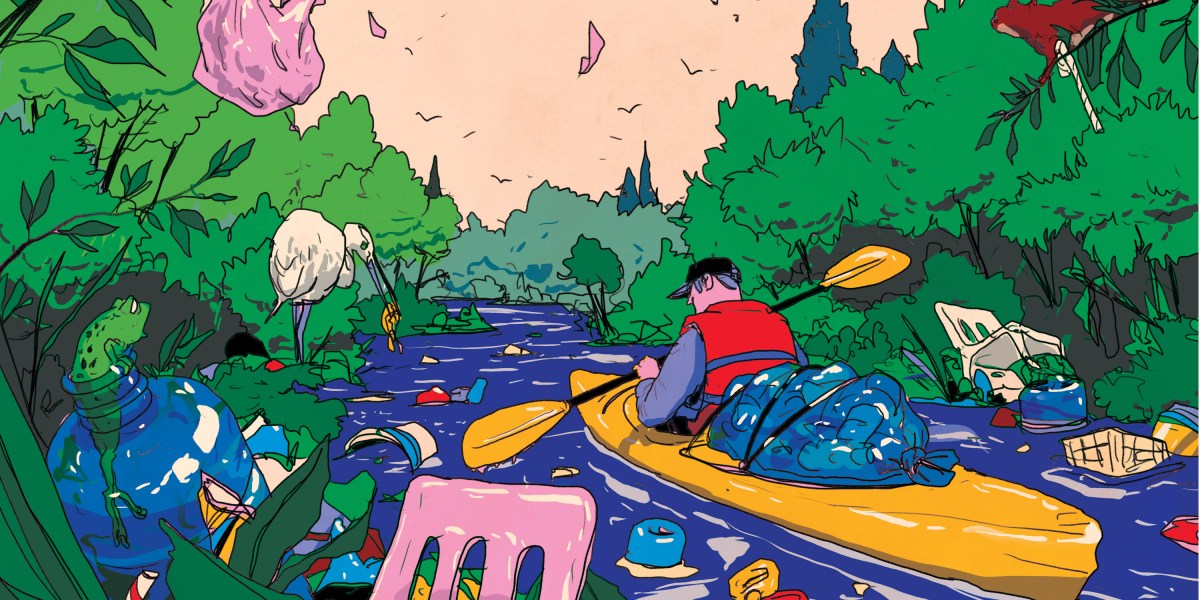Currently, about 430 million tons of plastic is produced yearly, according to the United Nations Environment Programme (UNEP)—significantly more than the weight of all human beings combined. One-third of this total takes the form of single-use plastics, which humans interact with for seconds or minutes before discarding.
A total of 95% of the plastic used in packaging is disposed of after one use, a loss to the economy of up to $120 billion annually, concludes a report by McKinsey. (Just over a quarter of all plastics are used for packaging.) One-third of this packaging is not collected, becoming pollution that generates “significant economic costs by reducing the productivity of vital natural systems such as the ocean.” This causes at least $40 billion in damages, the report states, which exceeds the “profit pool” of the packaging industry.
These numbers are understandably hard to make concrete sense of, even at the scale of specific companies, such as Coca-Cola, which produced 3 million tons of plastic packaging in 2017. That’s the equivalent of making 200,000 bottles per minute.
Notably, what doesn’t get reused or recycled does not chemically degrade but rather becomes a fixture of our world; it breaks apart to form microplastics, pieces smaller than five millimeters in diameter. In the past few years, scientists have found significant quantities of microplastics in the further reaches of the ocean; in snow and rainfall in seemingly pristine places worldwide; in the air we breathe; and in human blood, colons, lungs, veins, breast milk, placentas, and fetuses.


